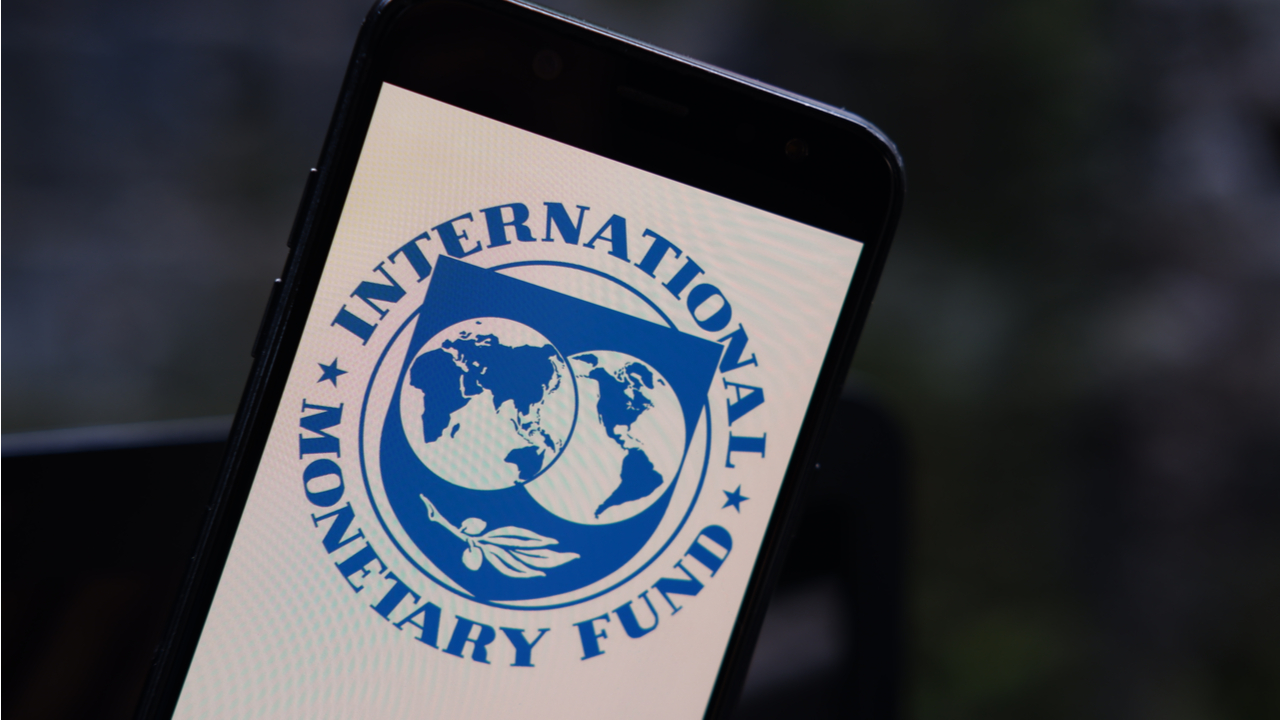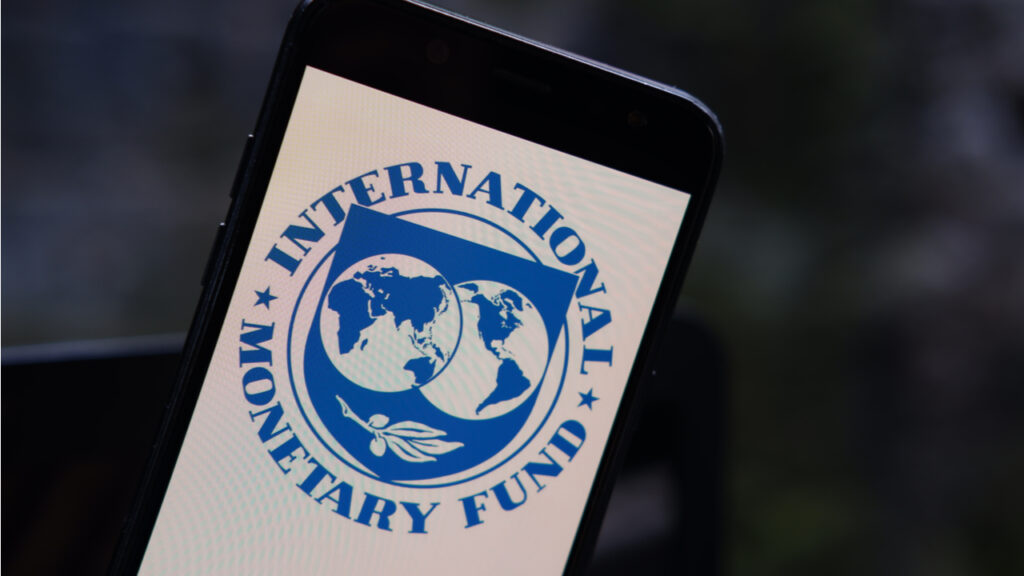
The International Monetary Fund is predicting that Latin America (Latam) will keep growing this year, reaching a growth rate of 3% even with all of the difficulties that the region is facing. The institution believes that the economic recovery that Latam is enjoying after the Covid-19 pandemic will be decelerated by several factors, including the macroeconomic conditions, rising inflation, and increasing social tensions amidst energy and food insecurity.
IMF Predicts Latam Will Keep Growing
The International Monetary Fund has issued a series of predictions on the growth and the possible difficulties that Latam will be facing in the second half of 2022. After examining all of the variables, the institution predicts that the region will grow by 3% in 2022, fueled by the economic recovery and the reopening of many industries that were hit by the Covid-19 pandemic.
This upgraded forecast is higher that the earlier prediction the International Monetary Fund had made, expecting the region to grow by just 2.5%. However, even with this positive prediction, the fund states that there are many factors that will test the economic performance of Latam later this year.
These factors, which include the macroeconomic conditions the world economy is facing, an increasingly inflationary panorama, and the social tensions in the region, have taken the International Monetary Fund to downgrade its growth forecast to 2.5% in 2023.
Shifting Global Winds
The organization explains how these factors are worsening, with the inflationary pressures and global deceleration being the most important. In regards to the inflation problem, the institution expects it to keep growing and exceed earlier records. It states:
Inflation… has accelerated throughout the region, amid rebounding domestic demand, lingering supply chain disruptions, and rising commodity prices.
The fund expects inflation rates to outgrow the central banks’ target ranges in Brazil, Chile, Colombia, Mexico, and Peru.
All of this panorama will make regulating and policymaking a difficult task in the coming months. Lawmakers will have to balance economic stability and social policies to aid the troubled ones, avoiding social crises and institutional stability problems in the process.
The International Monetary Fund is not the only institution worried about the difficulties Latam is facing. The Bank of Spain has expressed these same worries in a report issued recently, where it warns that institutional instability might appear as a consequence of the “loss of purchasing power that the most vulnerable households have been suffering in recent quarters due to the rise in inflation.”
What do you think about the latest predictions of the International Monetary Fund on Latam? Tell us in the comments section below.
Image Credits: Shutterstock, Pixabay, Wiki Commons, Poetra.RH, Shutterstock.com
Disclaimer: This article is for informational purposes only. It is not a direct offer or solicitation of an offer to buy or sell, or a recommendation or endorsement of any products, services, or companies. Bitcoin.com does not provide investment, tax, legal, or accounting advice. Neither the company nor the author is responsible, directly or indirectly, for any damage or loss caused or alleged to be caused by or in connection with the use of or reliance on any content, goods or services mentioned in this article.
Read disclaimer


